The Concorde aircraft return has officially begun. After more than two decades grounded, the world’s most iconic supersonic passenger jet is set to fly again in 2026. This marks a historic moment in aviation, coinciding with the 50th anniversary of Concorde’s first commercial flight.
On June 6, 2025, U.S. President Donald J. Trump signed the “Concorde Bill” at Washington Dulles International Airport (IAD), lifting a 52-year-old ban on overland supersonic travel. The landmark policy shift now opens the door for the Concorde aircraft return – ushering in a new era of high-speed, sustainable air travel.
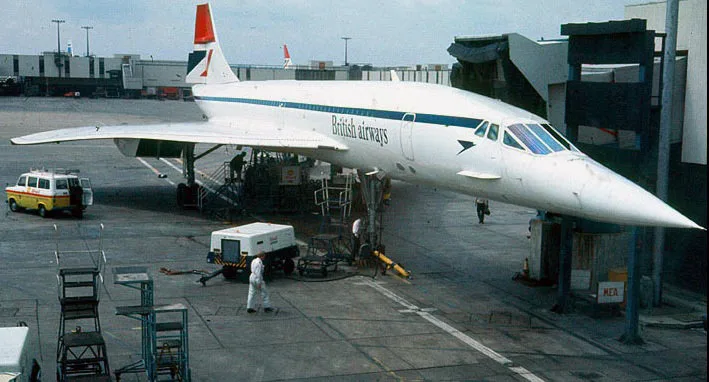
U.S. Lifts Supersonic Ban for Concorde Revival
A key enabler of the Concorde aircraft return is the reversal of the 1973 U.S. ban on overland supersonic flight. The ban, originally imposed due to sonic boom concerns, has long stifled commercial development of faster-than-sound jets.
The newly passed legislation not only repositions the United States as a global leader in aerospace but also facilitates technological breakthroughs in noise suppression and clean energy aviation.
Fly-Concorde Limited, headquartered in Washington state, is leading the charge. The company intends to reintroduce Concorde flights from U.S. soil, connecting major global cities in record time— with reduced noise and emissions.
A Reinvented Concorde: Faster, Greener, Quieter
Unlike its predecessor, the new Concorde won’t just be fast, it will also be clean. This reborn aircraft will remain visually similar to the original but will be made using composite materials, making it 50% lighter. Powered by Sustainable Aviation Fuel (SAF), it is expected to cut emissions by up to 80%.
The re-engineered Concorde will cruise at an altitude of 60,000 feet, well above conventional jets—while maintaining Mach 2 speeds (2,179 km/h). More importantly, it will feature proprietary Sonic Boom Suppression technology to allow overland flight without disturbing people on the ground.
With its advanced propulsion systems and noise reduction capabilities, the Concorde aircraft return symbolizes not just nostalgia, but innovation and climate responsibility.

Concorde Interior: Minimalist Design Meets Supersonic Luxury
Fly-Concorde Limited has collaborated with top architects to reimagine the cabin for today’s traveler. Inspired by minimalist Japanese design, the new Concorde interior will blend tranquility with technological sophistication.
In-flight features will include panoramic windows, personal productivity zones, and embedded smart displays. The passenger experience is being designed to reflect modern luxury—silent, spacious, and sustainable.
With seating expected to be limited to under 100 passengers, the Concorde aircraft return will focus on premium transatlantic and transcontinental routes for business travelers and affluent leisure passengers.
Meet the Man Behind the Mission
Leading the supersonic revival is Dr. Pano Kroko Churchill, CEO and Founder of The Concorde Co. A triple PhD physicist and descendant of Sir Winston Churchill, Dr. Churchill is credited with solving the long-standing sonic boom issue.
His Sonic Boom Suppression Technology, patented in May 2025, enables Concorde to fly over land without violating noise limits. “Our airplane, the CONCORDE, already carried more than two million paying customers across the skies,” Churchill noted. “Now it’s an evolution that has come full circle.”
The Concorde aircraft return not only continues Churchill’s family legacy but also fulfills a long-standing promise of peaceful, high-speed global connectivity.
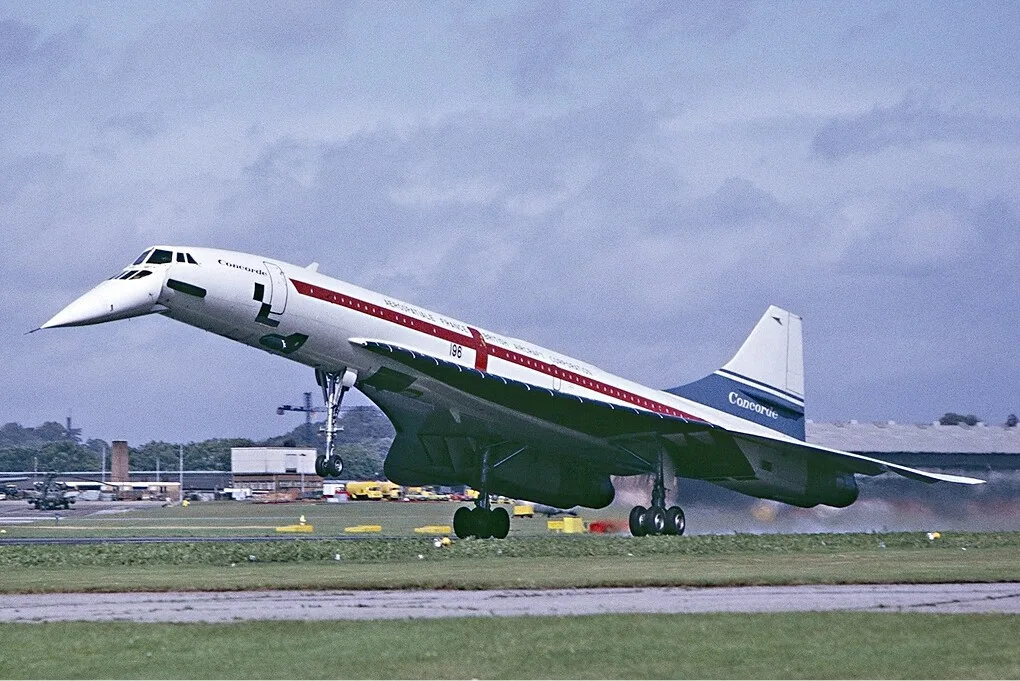
Concorde Coin: Aviation Meets Blockchain
Fly-Concorde Limited isn’t just innovating in the sky. To finance the ambitious relaunch, it has introduced Concorde Coin (CSSC), a blockchain-powered stablecoin backed by the company’s aviation assets and future revenues.
The digital asset will enable global investors to participate in Concorde’s development. It aligns with the growing intersection of aerospace and decentralized finance, offering an alternative funding model to traditional aviation investment.
Through this dual focus: technical and financial, the Concorde aircraft return is shaping up as one of the most disruptive projects in commercial aviation.
History of Concorde: From Cold War to Commercial Skies
Concorde was the result of a 1962 Anglo-French treaty aimed at building a supersonic transport (SST). British Aerospace and Aérospatiale led the aircraft’s development, while Rolls-Royce and SNECMA developed its Olympus 593 engines.
The aircraft made its maiden flight on March 2, 1969, and entered commercial service in 1976. British Airways and Air France operated Concorde flights on routes like London to Bahrain and Paris to Rio. But its most iconic route, London or Paris to New York JFK, remains etched in aviation history.
At Mach 2.04, Concorde could cross the Atlantic in just over three hours. However, high fuel consumption, maintenance costs, and limited range hindered profitability. Only 14 aircraft entered regular service.
The Concorde aircraft return in 2026 will commemorate this legacy while pushing boundaries beyond anything the original achieved.
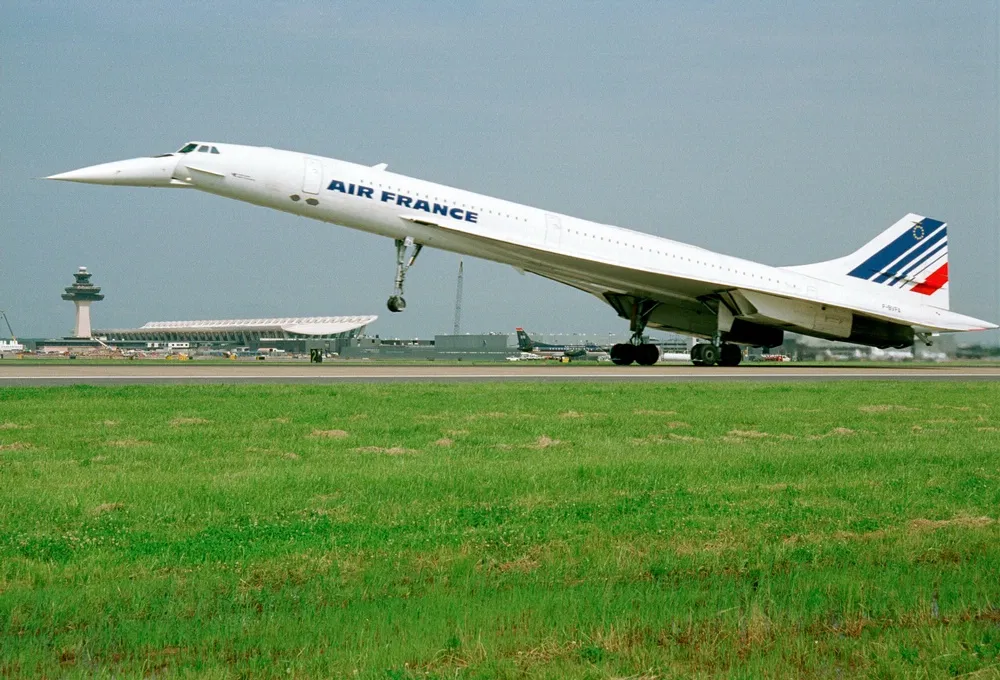
The Tragedy That Grounded a Legend
The supersonic era came to a tragic halt on July 25, 2000, when Air France Flight 4590 crashed shortly after takeoff from Paris Charles de Gaulle. A tire burst punctured a fuel tank, triggering a fatal fire that claimed 113 lives.
Following the crash and economic downturns in aviation, both Air France and British Airways retired their Concorde fleets in 2003. For years, the Concorde was consigned to museums, its engines silent.
The Concorde aircraft return represents a second chance—armed with better technology, stronger safety protocols, and a renewed purpose.
Concorde vs Tupolev Tu-144: Supersonic Rivals
Although Concorde is often credited as the first operational SST, the Soviet Tupolev Tu-144 actually beat it to Mach 1 in 1969. Designed by Andrey and Alexey Tupolev, the Tu-144 featured impressive specs but suffered from poor reliability and a limited range.
A fatal crash at the 1973 Paris Air Show cast a shadow over the Tu-144 program. Though it entered limited passenger service in 1978, it was grounded after just 55 flights. Later, NASA used a modified Tu-144 for supersonic research.
While Tu-144 faded into history, the Concorde aircraft return promises to bring supersonic transport back to relevance—this time with durability and sustainability at its core.
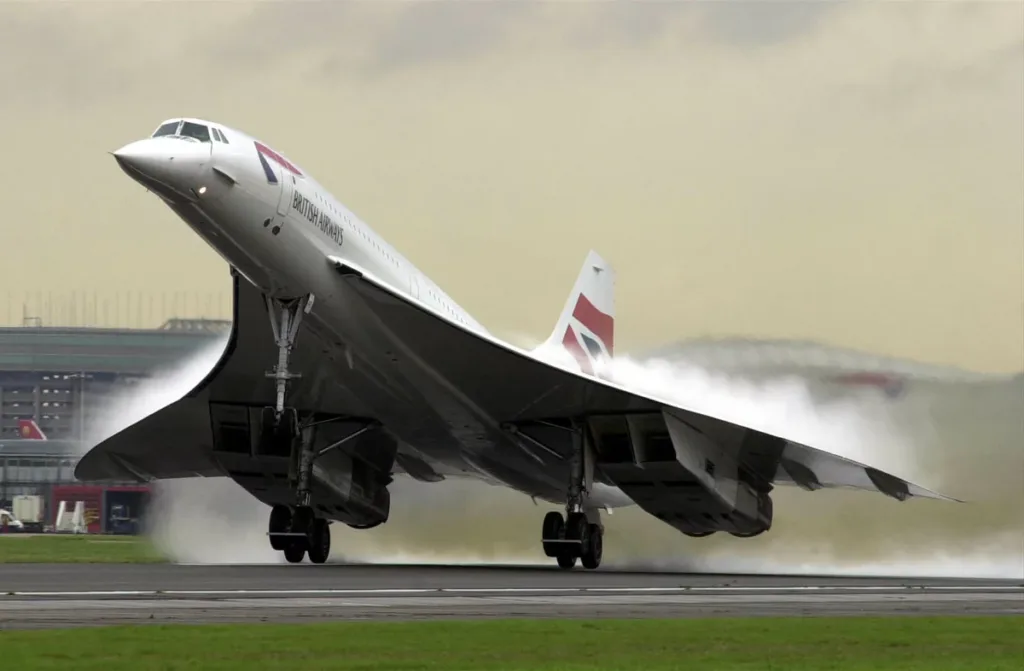
Competitive Skies Ahead for Supersonic Travel
Today’s supersonic landscape is more crowded than ever. Companies like Boom Supersonic, Hermeus, Exosonic, and Spike Aerospace are racing to redefine high-speed air travel.
Boom’s Overture is under development for launch later this decade, but none have flown commercially yet. The Concorde aircraft return gives Fly-Concorde a significant first-mover advantage, backed by legacy, proven design, and now, political and technological support.
Whether the market can sustain multiple SST players remains to be seen—but Concorde’s name alone may be enough to win early brand trust.
Final Approach: Supersonic Future, Historic Roots
The Concorde aircraft return is no longer a dream, it’s a strategic reality unfolding before our eyes. With regulatory green lights, financial innovation, and technological breakthroughs, Concorde is set to become the flagship of 21st-century high-speed air travel.
From its Cold War birth to its 21st-century rebirth, Concorde’s journey is a story of ambition, setbacks, and resurgence. The world will soon witness the revival of the supersonic dream, which is now smarter, faster, cleaner, and more connected than ever.
Please join our Telegram Channel for the latest aviation updates.
Featured Image: Eduard Marmet via Wikimedia Commons

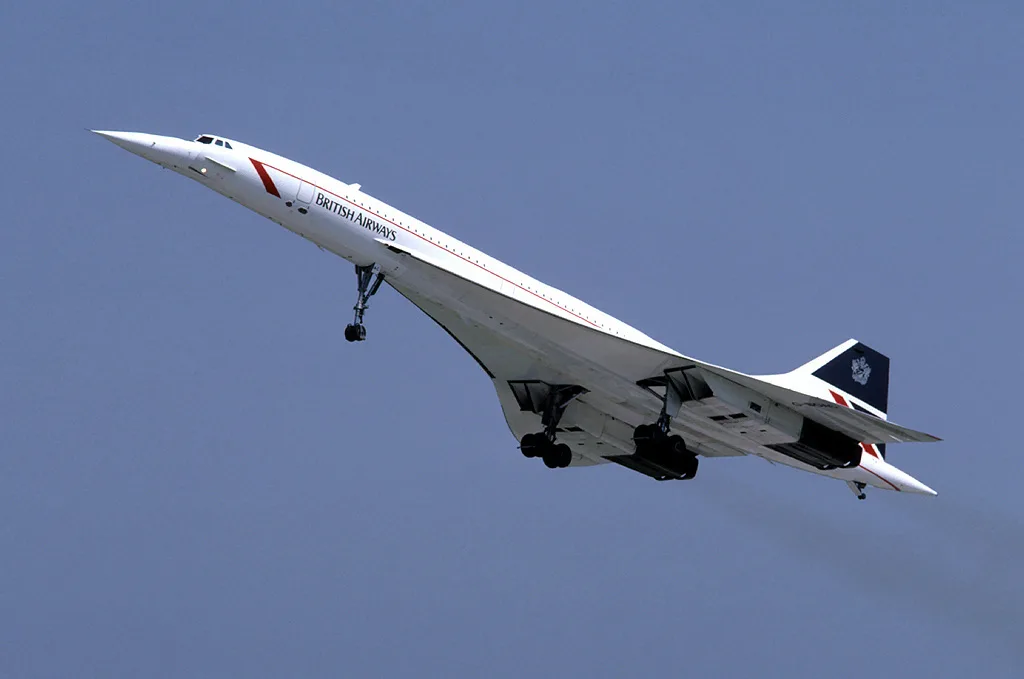
1 Comment
Pingback: Top 10 New Upcoming Business Class Seats - Aero World